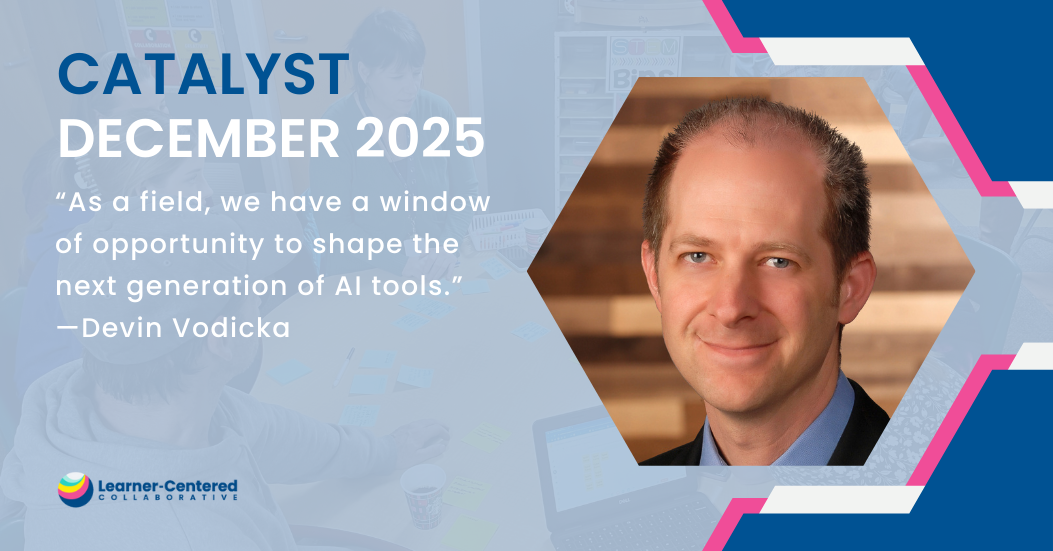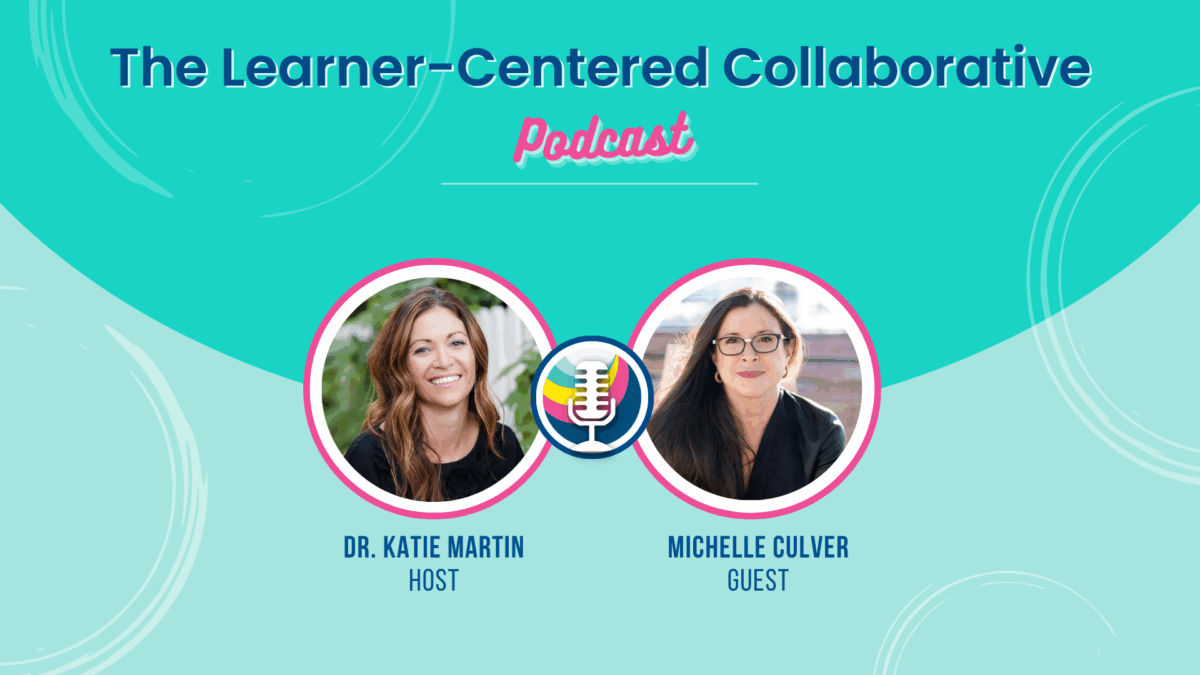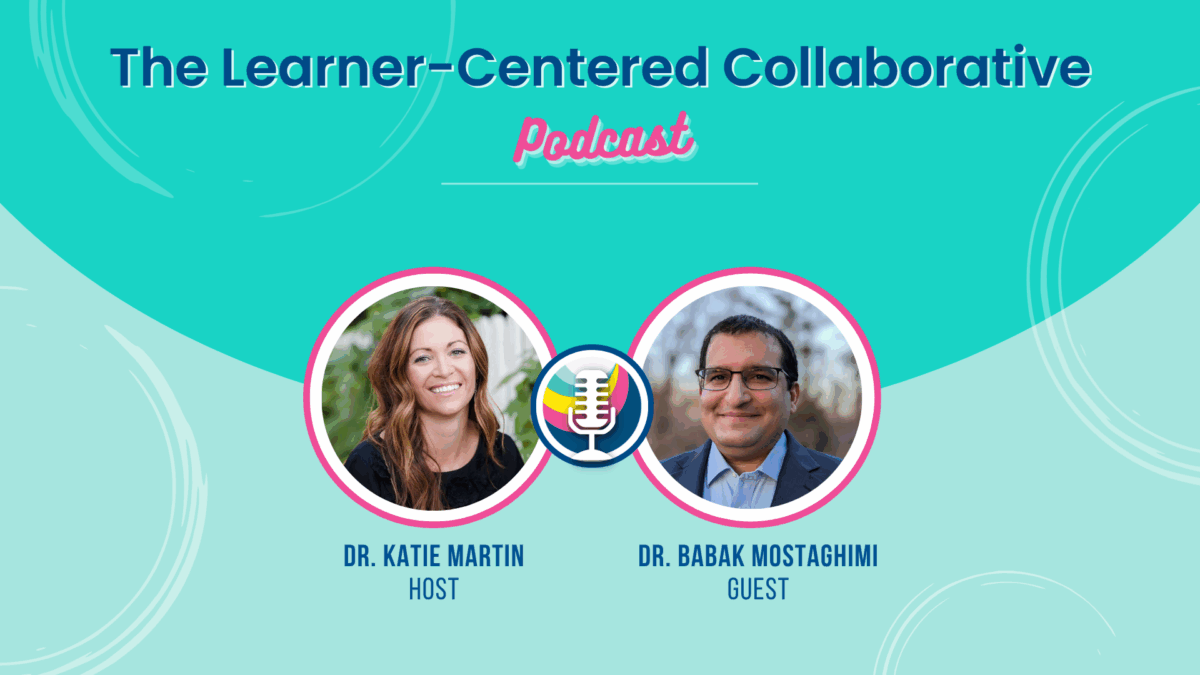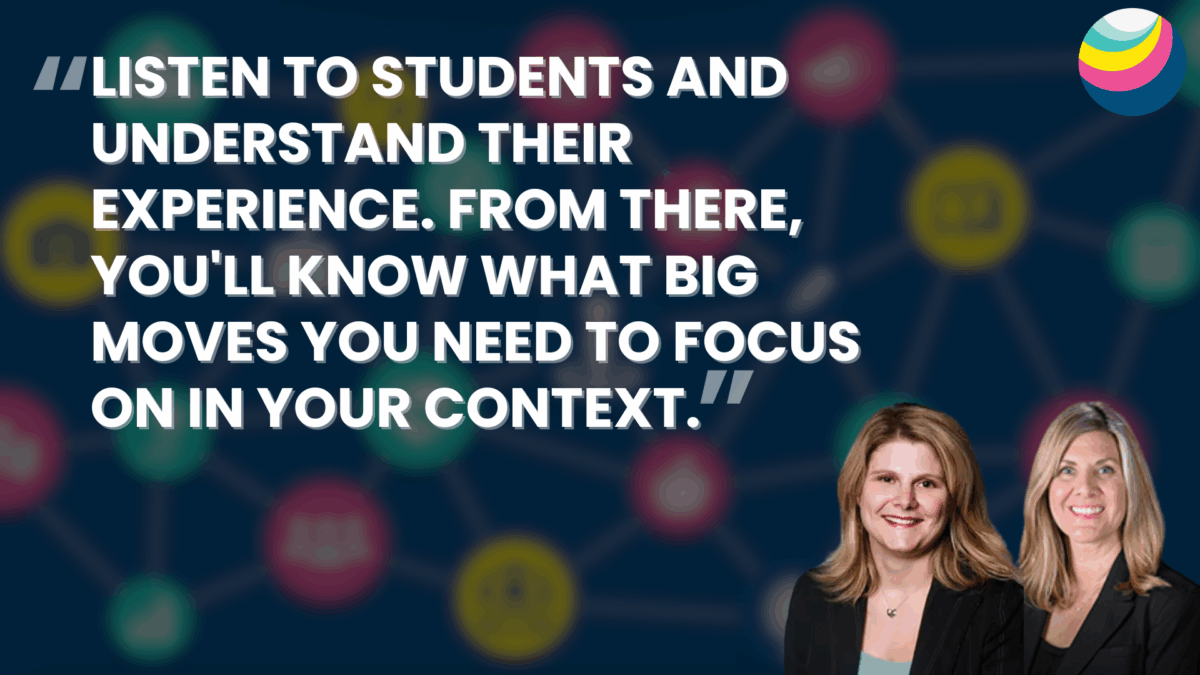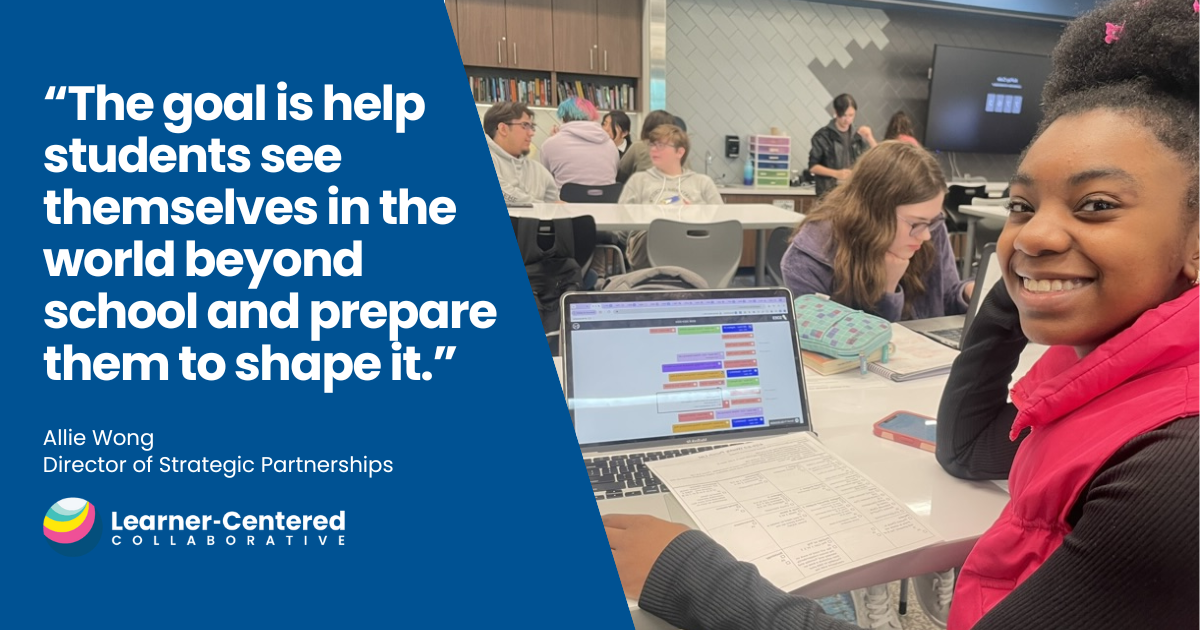Harnessing the Power of AI to Co-Create New Knowledge With Learners
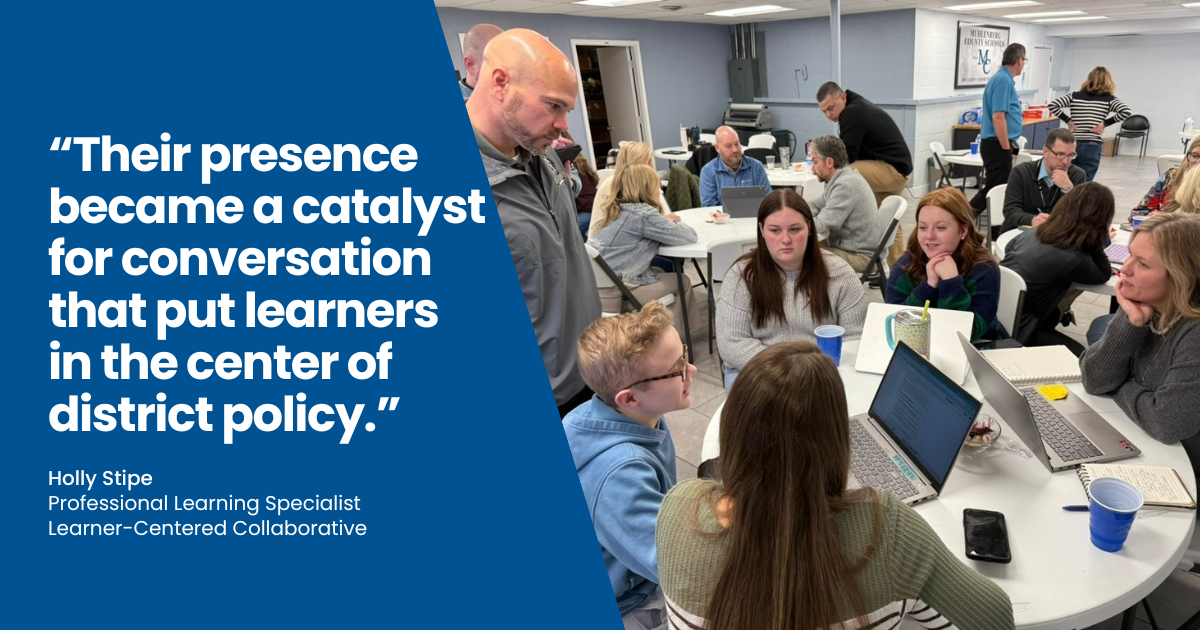
I look forward to Super Bowl Sunday each year. While my family would say they enjoy watching the actual game, for me it’s all about the advertisements. They often push the boundaries of creativity and cause me to laugh, cry, and sometimes even create lessons for my students.
Last year’s Despicable Me 4 Trailer was no exception. While watching our favorite mischievous minions create strange images created by AI, the narrator proclaims, “with Artificial Intelligence, the future is in good hands.” At first, my teacher mind began spinning with fear. As a middle school English teacher, I immediately thought about what could go wrong. Juxtaposed to the dangers of AI have been several other advertisements including Google’s Gemini and Microsoft’s Copilot, empowering users to create and thrive using their AI tools.
In the classroom, we happened to be at the start of a research unit where students would document their learning about a topic of their choosing and write an informational report of their knowledge to share with their peers and our school community. Students had already been talking to me about their interest in AI and what my stance was about using it for research.
What was I to do? Place restrictions on the use of AI? Put my head in the sand and hope it just went away? Katie Novak’s words also swirled in my head: “If we don’t teach kids how to use AI responsibly, they will be unprepared for the world we are co-creating.”
When faced with a new challenge, I needed to shift my mindset from compliance and control to leaning into trusting my students’ voices. In Evolving Education, Learner-Centered Collaborative’s Chief Impact Officer, Katie Martin, reminds us that if we focus on the status quo, we forget to evolve. We MUST evolve in order to create what’s best for learners and learning. Even though the status quo may feel safe, it robs our learners of opportunities to co-create knowledge and apply creativity to solve complex problems.
These two thought leaders helped me find a new resolve. By embracing a learner-centered mindset, my students and I collectively explored how our community could responsibly harness the power of AI to co-create learning and new knowledge.
Learn More: Explore how to leverage AI in the classroom.
Begin With Inquiry
I started our research project by showing the Super Bowl advertisements about AI to my students and asked them to grapple with two essential questions:
- What ethical considerations should we think about as we use AI responsibly?
- What norms can we agree on as we use AI in our classroom? At our school?
These questions helped frame the week of exploration, which culminated in a Socratic Seminar. Students mused about the language adults have used with them about AI’s use at school and many expressed frustration about the mixed messages. One student bluntly told me “I want to know what to say and do.”
Students set off to deepen their learning by choosing from a variety of curated texts with opposing representations of AI, and they searched for others that matched their interests. Students also explored a variety of AI tools and practiced queries about subjects that interested them. From this exploration, surprises emerged. Students developed a whole new set of questions and sought answers to them:
- How does AI impact our carbon footprint? Can we mitigate the negative carbon footprint?
- Has AI harmed people? How can we combat misinformation that may arise when AI queries result in inaccurate information?
- What problems is AI able to help us solve when we use it as a partner?

Make Learning Authentic
The classroom was buzzing with energy. Students formed collaborative teams as they identified common topics of interest. Their curiosity led students to ask me if we could create a committee of interested folks to study AI and come up with recommendations for our school and district about student use. We did just that and invited district leaders to our upcoming Socratic Seminar.
Soon, students were reporting to each other about what AI tools they were exploring and gathering input from their friends and families outside of class. As their knowledge deepened, we developed a list of tools and their perceived strengths and weaknesses. For example, when students began asking the same queries of different AI tools such as ChatGPT and Perplexity, they discovered Perplexity generated references from original sources, which they evaluated as a strength to ensure information retrieved was authoritative.
Amplify Learner Voices
As students collaborated, they began preparing for the Socratic Seminar we would engage in at the end of the week. I aimed to ensure diverse voices would be heard, honored, and elevated. On the day of the seminar, students sat in an inner circle and an outer circle. The inner circle was for active student participants and the outer circle was for peer coaches. When learners knew they would be supported by their peers, their participation was elevated. They used examples from their chosen texts, listened carefully to others’ perspectives, asked clarifying questions, and forged a pathway to deeper understanding and, eventually, shared norms. Because all voices were valued at the table, the conversation was rich and meaningful.
District leaders came to our seminar and listened to the learners’ voices. They took notes as learners spoke and asked follow-up questions at the end. Their presence became a catalyst for conversation that put learners at the center of district policy. The conversation was relevant, meaningful, and impactful. If we listen to our learners and provide the learning environments and opportunities for them to pursue information they care about, they can and will provide the answers to complex problems.

In the end, we were able to create a set of shared norms about how we would use AI in our classroom. But even more lasting, learners sharpened their communication skills, discovered their voices would be heard and could impact their larger school community, and deepened knowledge they would later apply to their own chosen area of study about AI’s impact and use. As we concluded our week-long unit of study, I thought back about what had ignited my thinking—those mischievous Minions. The Super Bowl had an unexpected impact on me—it became a catalyst to shift my mindset and let learners lead the way.
Go Deeper: Access strategies for bringing students to the decision-making table OR read about another educator’s experience creating AI norms with students.
